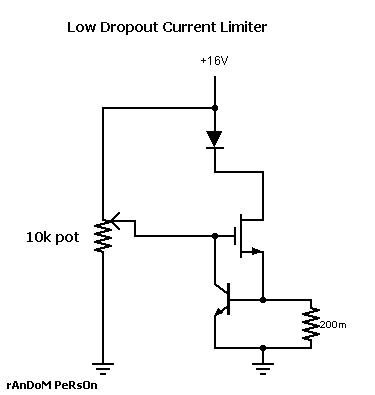Nope Dethlore the mosfet is just used to switch higher currents, since BJT's (Bi-polar transistors) usually max at 300mA, while fets.... just pick a size and you can get a LOT of cuurent through them only if you intend on using it as a switch otherwise they are rather lossy and heat quickly.
As for a boost driver, yes it still uses a fet but like I and probably others will say, its just used to turn on and off the higher currents and voltages, while the actual boosting funtion is performed by an inductor, basicly you V+ going in to a inductor, the other end of the inductor is tied to the Drain ofr the fet and the source is tied to V- and you place a diode generaly schotcky on the inductor fet connection to only pass the positive portion of the voltage spikes, yes I said spikes bcause when the fet is turned on it allows current to flow through the inductor creating a magnetic feild, then the fet is turned off the feild collapses and generates a significantly larger NEGATIVE spike, i.e 15V+ in could yeild a -60V out, as for the current and the exact voltage you need is dependant on your supply current, the values of your parts on the frequency and duty cycle of the pwm fed into the gate of the fet.
As a legit example, I wanted to get 3.2-4.2 boosted to 6-7V that could supply 1A for an LCD project I was working on (still am just leaving it alone for now since its part of a larger project), using
Make a simple boost converter to calculate the values, I needed a 4A supply to get my boosted 1A supply.
Sorry I couldn't resist trying to give an electronics lecture.
P.S. the boost calc isn't of my doing I found it while looking at how to make one.





